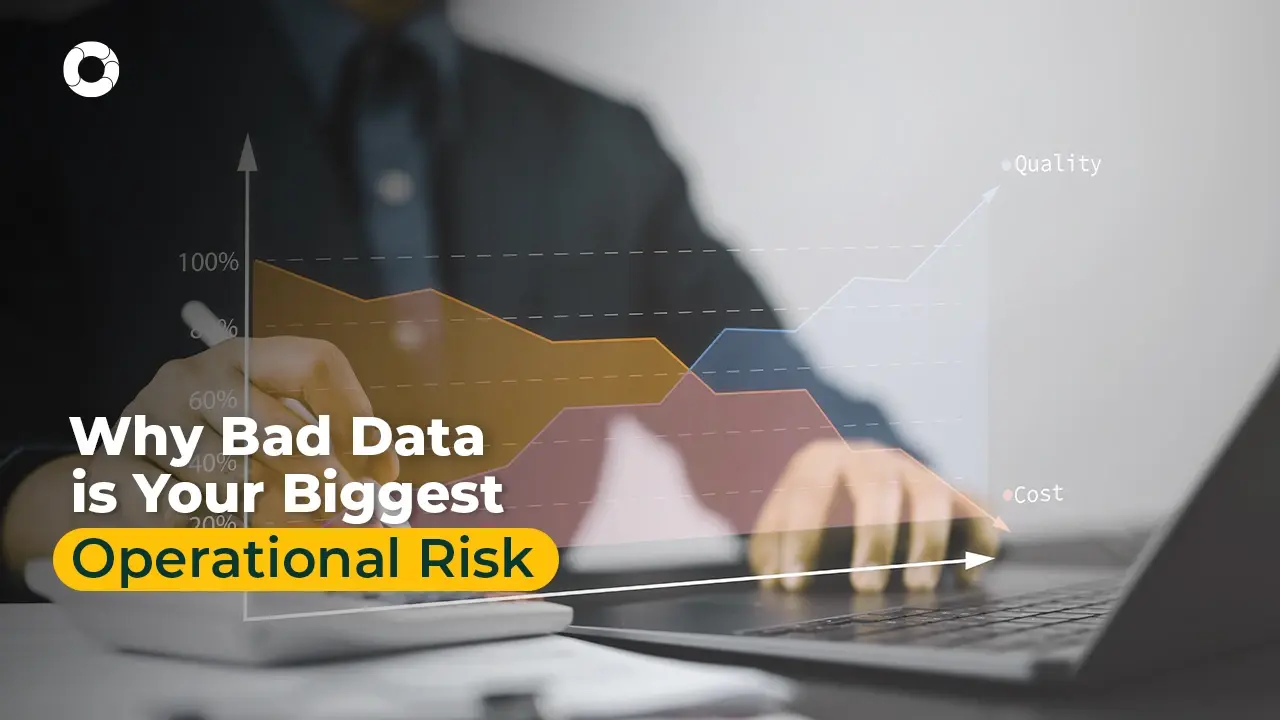The 5 stages of the operational risk management process
.webp?width=792&height=528&name=stages-operational-risk-management-process%20(1).webp)
Learn the stages that an organization goes through in the process of operational risk management.
Operational risk management is a key element in running any business or organization. It involves assessing and mitigating risks associated with processes, products, services, and operations. This article will discuss the five stages of the operational risk management (ORM) process and how they can help organizations better prepare for potential risks to their operations.
Stage one: Risk Identification
The first step of ORM involves identifying any potential risks associated with current or future operations. This includes factors such as major losses or accidents, legal liabilities, inadequate insurance protection, or other threats that could affect the business or organization negatively. When potential risks are identified early on, it allows for better preparedness to manage them in the event something does occur.
Since at this stage, the risk culture is not widespread at all levels of the company, there is a total dependence on the quality and integrity of employees and shareholders to maintain adequate control of events.
Stage two: Risk Analysis
Once risks have been identified, the next step is analyzing them to determine both their likelihood and potential impact on operations. This helps prioritize the most important risks so they can be addressed first while also allowing organizations to make informed decisions when it comes to spending resources on achieving desired results in terms of risk reduction.
Stage three: Risk Control Measures
Once recognized and prioritized, risks must be addressed by implementing effective control measures such as policies and procedures for employees to follow as well as training and education so as to better understand why these measures are necessary. Additionally, technological solutions such as automated processes and systems can help reduce operational risk significantly.
This stage of the operational risk management process is reached by companies that establish a specific area to manage risks. They define policies, responsibilities, and supporting tools.
The resources available for managers to manage risk at this phase include the mapping of processes to identify risks and formalize controls, structuring of the loss history database, and the design of efficiency and profitability indicators.
Stage four: Risk Monitoring
The fourth stage in ORM is monitoring how well control measures are working in reducing operational risk over time by assessing how successful they have been at preventing losses or accidents from occurring in specific areas of operations or departments within an organization. Regular reviews should be conducted to ensure the effectiveness of all control measures taken against identified risks before implementing further adjustments if needed.
Risk indicators, both qualitative and quantitative, as well as the goals or limits, are established in order to monitor them. Risk exposure measures are consolidated in a balanced scorecard to measure business performance in relation to risks. In this phase, management is decentralized across all areas of the organization, and the risk culture is strengthened. In addition, monitoring ceases to depend on the compliance area and leaders are assigned to analyze and monitor processes and activities.
Stage five: Reporting & Reviewing
The final step in ORM requires organizations to document all information related to each stage—from initial identification through the implementation of controls—in a consistent manner so that stakeholders may review it periodically for accuracy and completeness before any decisions regarding changes or updates are made accordingly. Doing this ensures stakeholders have an understanding of what has been done throughout each phase so far, helping them make smart decisions about their investments moving forward.
Now that you know the characteristics of each phase, in which of the stages is your company in terms of its operational risk management process? Give us your opinion in the comment box at the end of the article!
In addition, we invite you to get to know Pirani for operational risk management, with this software we help companies to identify and manage in a simpler way their processes, risks, controls, and events, to establish action plans, to generate reports, among other functionalities.
*This article has been reviewed and validated by Felipe Perdomo, risk and insurance specialist.
You May Also Like
These Related Stories

Know the components of the internal control of a company

4 operational risk factors and their importance

How to manage the risk of natural disasters in companies?

Get to know the fundamental principles of Basel in banking

The Impact of Data Quality on Operational Risk Management



No Comments Yet
Let us know what you think